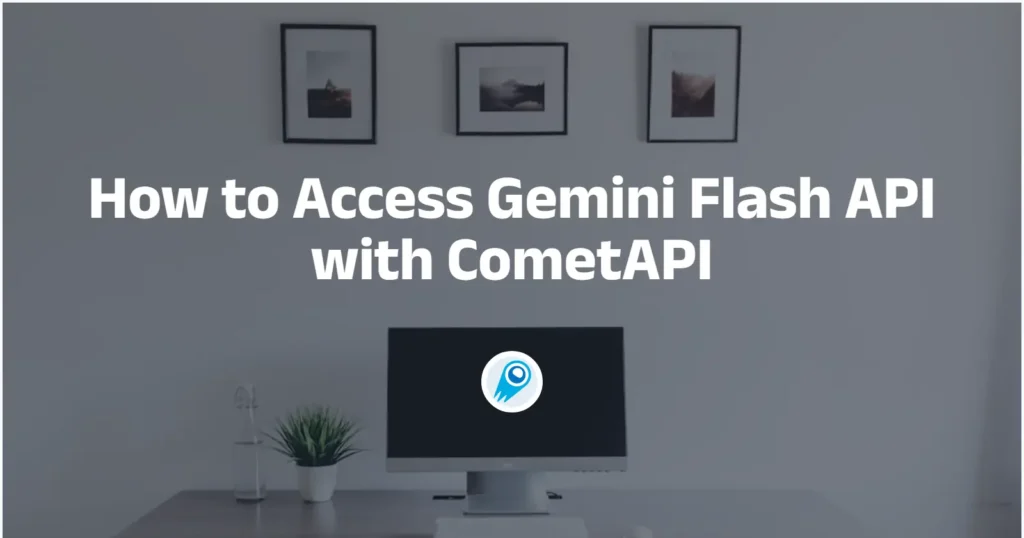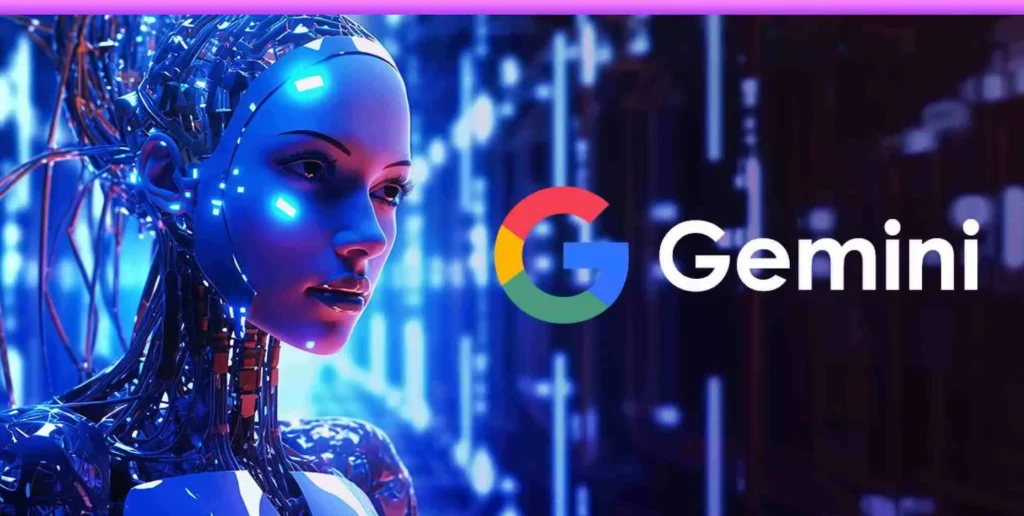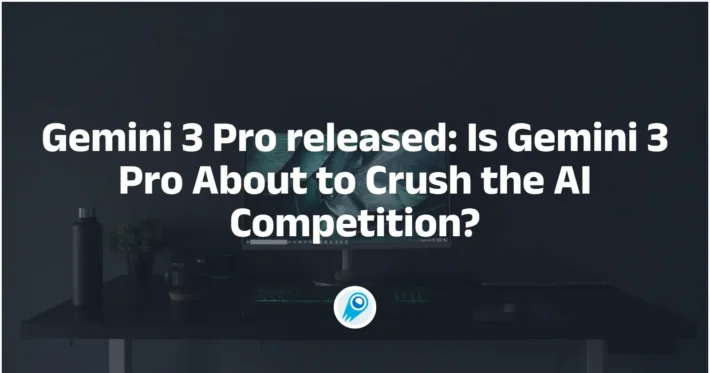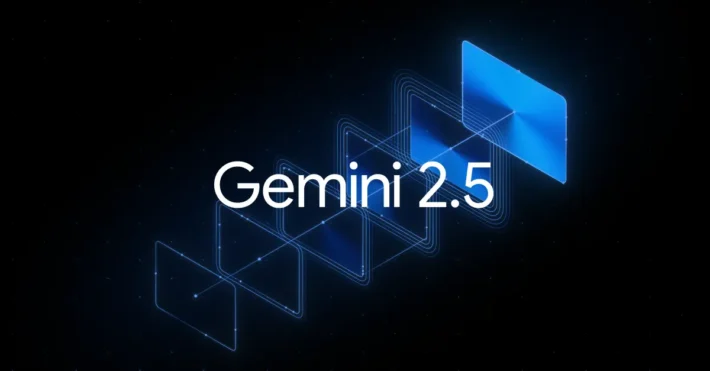How to Access Gemini Flash API with CometAPI

In the rapidly evolving landscape of generative AI, Google’s Gemini Flash Multimodality API represents a major leap forward—offering developers a unified, high-performance interface for processing text, images, video, audio, and more. Coupled with CometAPI’s streamlined endpoint management and billing controls, you can integrate cutting-edge multimodal reasoning into your applications in minutes. This article combines the latest developments in Gemini’s March–April 2025 release cycle with hands-on guidance for accessing the Gemini Flash Multimodality API via CometAPI.
What is the Gemini Flash Multimodality API?
Overview of Gemini’s Multimodal Vision
Gemini Flash is part of Google’s broader Gemini family of large-scale AI models, designed from the ground up to handle “multimodal” inputs—that is, prompts combining text, images, audio, and video—within a single API call. Unlike text-only models, Flash variants excel at interpreting and generating rich, mixed-media content with minimal latency.
- Gemini 2.5 Flash (“spark”) offers next-generation multimodal input capabilities and high throughput for real-time tasks.Gemini 2.5 Flash introduces enhanced “reasoning through thoughts” to improve accuracy and context-awareness in its outputs
- Gemini 2.0 Flash image generation function upgrade Improved visual quality and text rendering capabilities Reduced content security interception
Key Features of Flash Multimodality
- Native Image Generation: Produce or edit highly contextual images directly, without external pipelines .
- Streaming and Thinking Modes: Leverage bidirectional streaming (Live API) for real-time audio/video interaction, or enable “Thinking Mode” to expose internal reasoning steps and enhance transparency .
- Structured Output Formats: Constrain outputs to JSON or other structured schemas, facilitating deterministic integration with downstream systems .
- Scalable Context Windows: Context lengths up to one million tokens, enabling analysis of large documents, transcripts, or media streams in a single session .
What is CometAPI?
CometAPI is a unified API gateway that aggregates over 500 AI models—including those from OpenAI, Anthropic, and Google’s Gemini—into a single, easy-to-use interface. By centralizing model access, authentication, billing, and rate limiting, CometAPI simplifies integration efforts for developers and enterprises, offering consistent SDKs and REST endpoints regardless of the underlying provider. Notably, CometAPI released support for the Gemini 2.5 Flash Preview API and gemini-2.0-flash-exp-image-generation API just last month, highlighting features like rapid response times, auto-scaling, and continuous updates—all accessible through a single endpoint.
CometAPI provides a unified REST interface that aggregates hundreds of AI models—including Google’s Gemini family—under a consistent endpoint, with built-in API-key management, usage quotas, and billing dashboards. Instead of juggling multiple vendor URLs and credentials, you point your client at https://api.cometapi.com/v1 or https://api.cometapi.com and specify the target model in each request.
Benefits of Using CometAPI
- Simplified Endpoint Management: Single base URL for all AI services reduces configuration overhead .
- Unified Billing & Rate Limitin: Track usage across Google, OpenAI, Anthropic, and other models in one dashboard .
- Token Quota Pooling: Share free-trial or enterprise-level token budgets across different AI vendors, optimizing cost efficiency.

How can you start using the Gemini Flash API with CometAPI?
How do I obtain a CometAPI Key?
- Register an Account
Visit the CometAPI dashboard and sign up with your email . - Navigate to API Keys
Under Account Settings → API Keys, click Generate New Key. - Copy Your Key
Store this key securely; you’ll reference it in each request to authenticate with CometAPI.
Tip: Treat your API key like a password. Avoid committing it to source control or exposing it in client-side code.
How do I configure the CometAPI Client?
Using the official Python SDK, you can initialize the client as follows:
pythonimport os
from openai import OpenAI
client = OpenAI(
base_url="https://api.cometapi.com/v1",
api_key="<YOUR_API_KEY>",
)
base_url: Always"https://api.cometapi.com/v1"for CometAPI.api_key: Your personal CometAPI key.
How do you make your first multimodal request?
Below is a step‑by‑step example of how to call the Gemini 2.0 experimental API (both the text‑only and the image‑generation variants) via CometAPI using plain requests in Python.
What dependencies are required?
Ensure you have the following Python packages installed:
bashpip install openai pillow requests
openai: The CometAPI-compatible SDK.pillow: Image handling.requests: HTTP requests for remote assets.
How do I prepare my multimodal inputs?
Gemini Flash accepts a list of “contents,” where each element can be:
- Text (string)
- Image (
PIL.Image.Imageobject) - Audio (binary or file-like object)
- Video (binary or file-like object)
Example of loading an image from a URL:
pythonfrom PIL import Image
import requests
image = Image.open(
requests.get(
"https://storage.googleapis.com/cloud-samples-data/generative-ai/image/meal.png",
stream=True,
).raw
)
How do I call the Gemini 2.5 Flash endpoint?
pythonresponse = client.models.generate_content(
model="gemini-2.5-flash-preview-04-17",
contents=[
image,
"Write a concise, engaging caption for this meal photo."
]
)
print(response.text)
model: Choose your target model ID (e.g.,"gemini-2.5-flash-preview-04-17").contents: A list of prompts mixing modalities.response.text: Contains the model’s textual output.
Call the Image‑Generation Experimental Model
To generate images, use the Gemini 2.0 Flash Exp‑Image‑Generation model:
payload = {
"model": "Gemini 2.0 Flash Exp-Image-Generation",
"messages": [
{"role": "system", "content": "You are an AI that can draw anything."},
{"role": "user", "content": "Create a 3D‑style illustration of a golden retriever puppy."}
],
# you can still control response length if you want mixed text + image captions:
"max_tokens": 100,
}
resp = requests.post(ENDPOINT, headers=headers, json=payload)
resp.raise_for_status()
data = resp.json()
choice = data["choices"][0]["message"]
# 1) Print any text (caption, explanation, etc.)
print("Caption:", choice.get("content", ""))
# 2) Decode & save the image if provided as base64
if "image" in choice:
import base64
img_bytes = base64.b64decode(choice["image"])
with open("output.png", "wb") as f:
f.write(img_bytes)
print("Saved image to output.png")
Note: Depending on CometAPI’s particular wrapping of the Gemini API, the image field may be called
"image"or"data". Inspectdata["choices"][0]["message"]to confirm.
Full Example in One Script
import requests, base64
API_KEY = "sk‑YOUR_COMETAPI_KEY"
ENDPOINT = "https://api.cometapi.com/v1/chat/completions"
HEADERS = {
"Authorization": f"Bearer {API_KEY}",
"Content-Type": "application/json"
}
def call_gemini(model, messages, max_tokens=200):
payload = {
"model": model,
"messages": messages,
"max_tokens": max_tokens
}
r = requests.post(ENDPOINT, headers=HEADERS, json=payload)
r.raise_for_status()
return r.json()["choices"][0]["message"]
# Text‑only call
text_msg = call_gemini(
"gemini-2.0-flash-exp",
[
{"role": "system", "content": "You are a helpful assistant."},
{"role": "user", "content": "Summarize the lifecycle of a star."}
],
max_tokens=250
)
print("🌟 Text output:\n", text_msg.get("content"))
# Image call
img_msg = call_gemini(
"Gemini 2.0 Flash Exp-Image-Generation",
[
{"role": "system", "content": "You draw photorealistic images."},
{"role": "user", "content": "Show me a photorealistic apple on a marble table."}
],
max_tokens=50
)
print("\n🎨 Caption:\n", img_msg.get("content"))
if img_msg.get("image"):
img_data = base64.b64decode(img_msg["image"])
with open("apple.png", "wb") as img_file:
img_file.write(img_data)
print("Saved illustration to apple.png")
With this pattern you can plug in any of the Gemini flash variants—just swap the
modelfield togemini-2.5-flash-preview-04-17for text orGemini 2.0 Flash Exp‑Image‑Generationfor multimodal image work.
How do you leverage advanced features of Gemini Flash?
How can I handle streaming and real-time responses?
Gemini 2.5 Flash supports streaming output for low-latency applications. To enable streaming:
pythonfor chunk in client.models.stream_generate_content(
model="gemini-2.5-flash-preview-04-17",
contents=[image, "Translate the text in this image to French."],
):
print(chunk.choices[0].delta.content, end="")
stream_generate_content: Yields partial responses (chunk).- Ideal for chatbots or live captioning where immediate feedback is needed.
How can I enforce structured outputs with function calling?
Gemini Flash can return JSON conforming to a specified schema. Define your function signature:
pythonfunctions = [
{
"name": "create_recipe",
"description": "Generate a cooking recipe based on ingredients.",
"parameters": {
"type": "object",
"properties": {
"title": {"type": "string"},
"ingredients": {
"type": "array",
"items": {"type": "string"}
},
"steps": {
"type": "array",
"items": {"type": "string"}
}
},
"required": ["title", "ingredients", "steps"]
}
}
]
response = client.models.generate_content(
model="gemini-2.5-flash-preview-04-17",
contents=["Ingredients: tomatoes, basil, mozzarella. Create a recipe."],
functions=functions,
function_call={"name": "create_recipe"},
)
print(response.choices[0].message.function_call.arguments)
functions: Array of JSON Schemas.function_call: Directs the model to invoke your schema, returning structured data.
Conclusion and next steps
In this guide, you’ve learned what Gemini Flash multimodal models are, how CometAPI streamlines access to them, and step-by-step instructions for making your first multimodal request. You’ve also seen how to unlock advanced capabilities like streaming and function calling, and covered best practices for cost and performance optimization.
As an immediate next step:
- Experiment with both Gemini 2.0 Flash Exp-Image-Generation and 2.5 Flash models via CometAPI.
- Prototype a multimodal application—such as an image-to-text translator or audio summarizer—to explore real-world potential.
- Monitor your usage and iterate on prompts and schemas to achieve the best balance of quality, latency, and cost.
By leveraging the power of Gemini Flash through CometAPI’s unified interface, you can accelerate development, reduce operational overhead, and bring cutting-edge multimodal AI solutions to your users in record time.
Quick Start
CometAPI offer a price far lower than the official price to help you integrate Gemini 2.5 Flash Pre API and Gemini 2.0 Flash Exp-Image-Generation API, and you will get $1 in your account after registering and logging in! Welcome to register and experience CometAPI.CometAPI pays as you go,Gemini 2.5 Flash Pre API (model name : gemini-2.5-flash-preview-04-17
- Input Tokens: $0.24 / M tokens
- Output Tokens: $0.96 / M tokens
For quick integration, please see API doc



